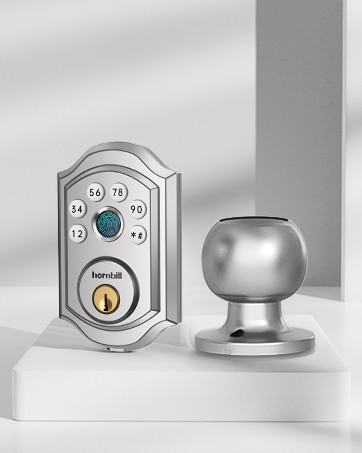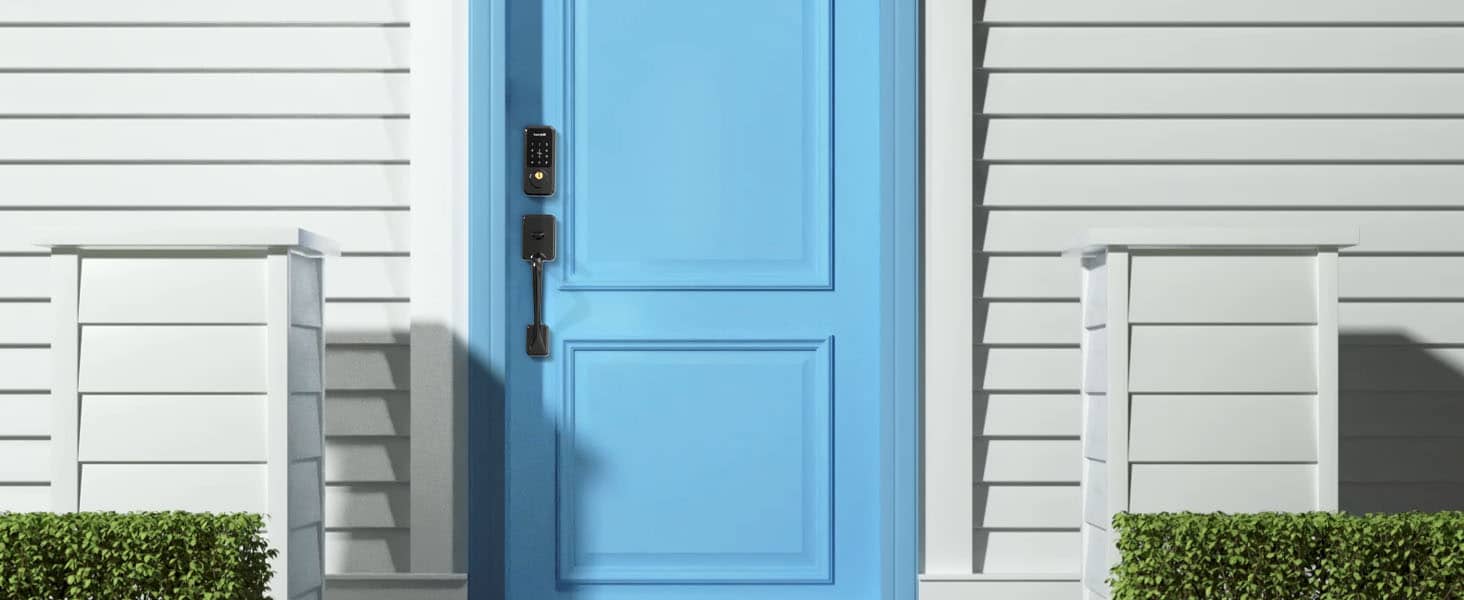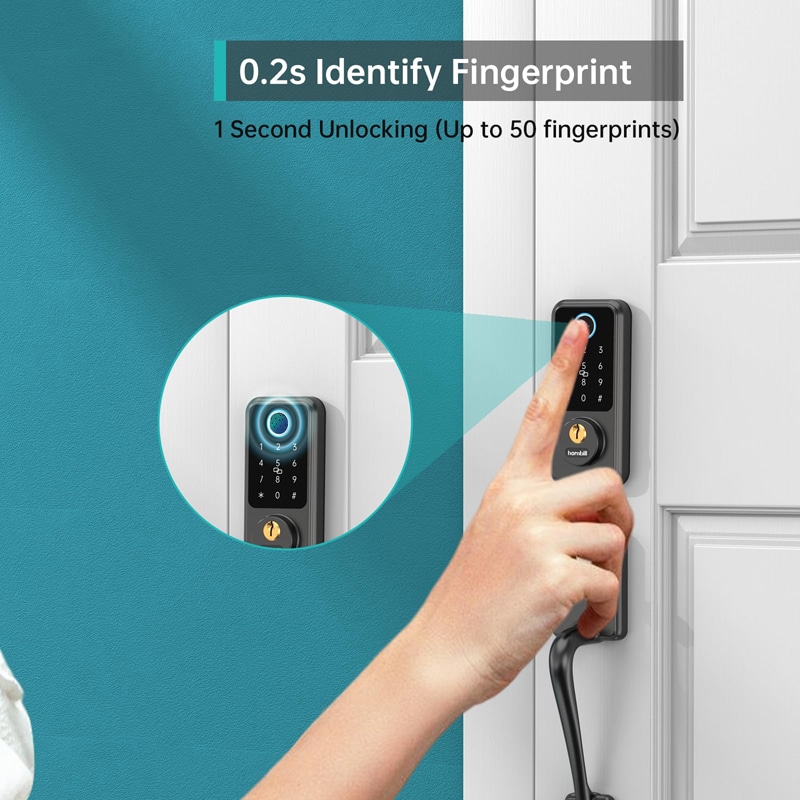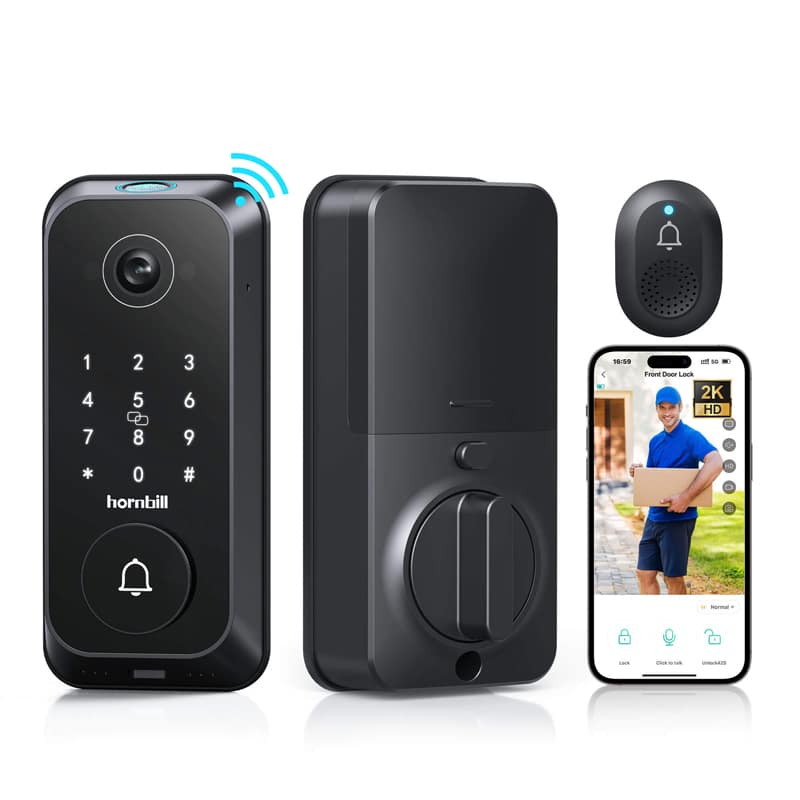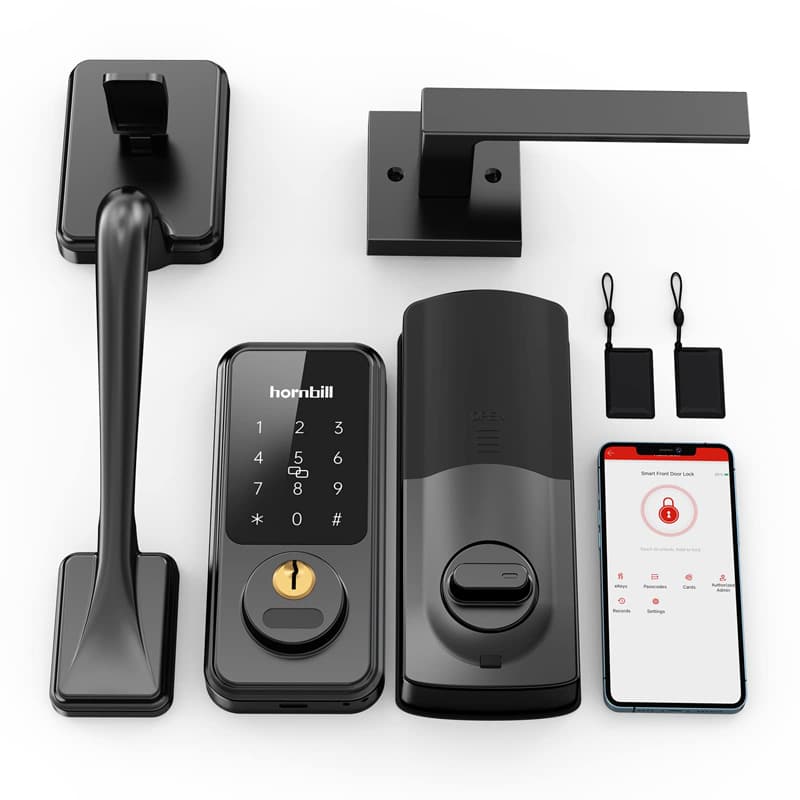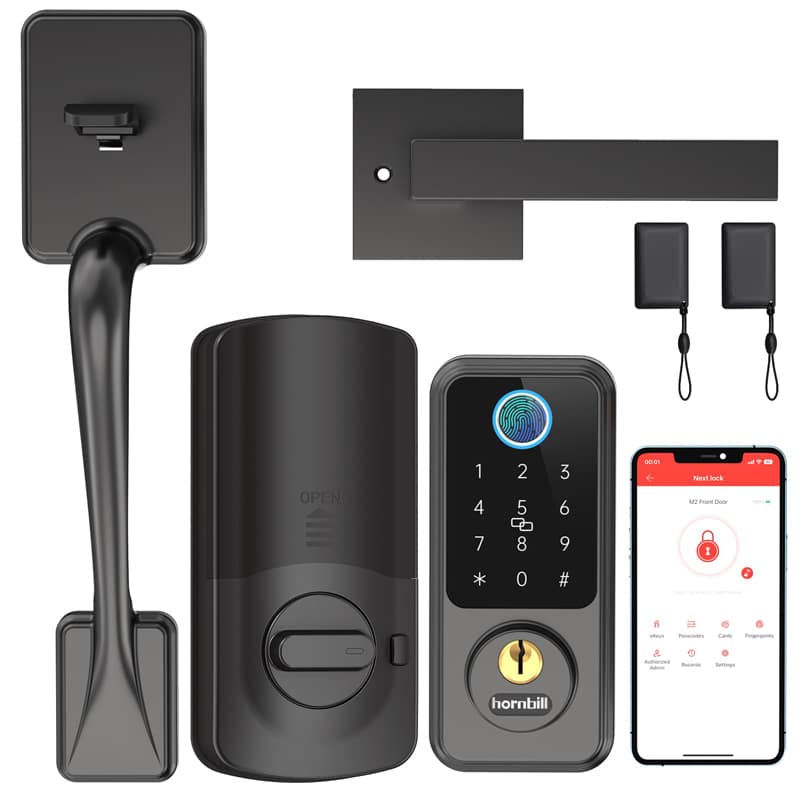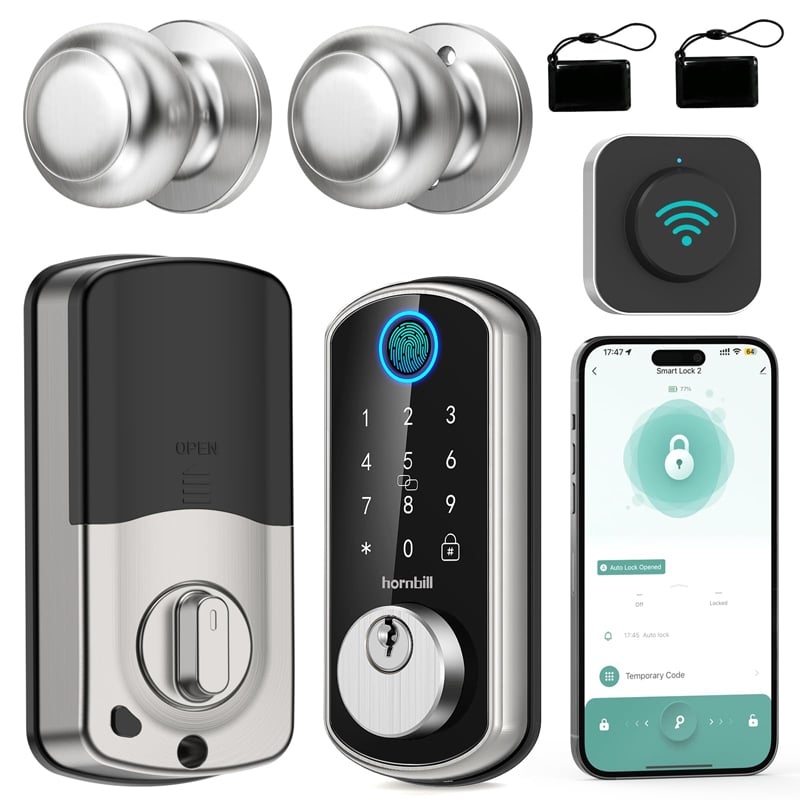In the evolving sphere of technological advancements, heavy-duty fingerprint door locks stand as a testament to heightened security measures. Their core lies in encrypting a user’s unique fingerprint data, significantly increasing security parameters compared to traditional locks. But, how exactly is fingerprint data encrypted and later decrypted?
Fingerprint Encryption: Creating A Digital Safe
Data Capture:
Encryption begins with data capture where the front door fingerprint scanner uses sensors to capture the image of your fingerprint.
Data Extraction:
Special algorithms analyze the image, identifying unique patterns and features on your fingerprints – the minutiae. These defining factors are then processed and converted into mathematical data.
Data Encryption:
This mathematical data is encrypted using sophisticated algorithms to produce an encrypted binary code, which serves as your unique fingerprint identity. This process adds an additional layer of protection, ensuring that even if the data is intercepted, it cannot be reverse-engineered to reconstruct the original fingerprint image.
Fingerprint Decryption: Unlocking Security
The decryption process is simply the reverse method of encryption:
Data Input:
When a fingerprint is placed on the scanner, the same procedure of capturing and extracting data is executed.
Data Decryption:
The encrypted binary code obtained from the input fingerprint is then decrypted using the same algorithm that was used for its encryption.
Data Matching:
The decrypted data is compared to the stored fingerprints in the database. If a match is found, access is granted.
Enhancing Security Levels
The power of Hornbill fingerprint door lock encryption and decryption lies not only in its ability to maintain high-security adequacy but also in its uniqueness. Since fingerprints are unique for every individual, the chances of infringement are highly reduced. Also, since the data used is encrypted binary code and not the original fingerprint image, the data is of no use even if hacked.
Moreover, modern systems employ multi-factor authentication for added security, conducting multiple checks, involving PINs, cards, or a second fingerprint for verification before decryption.
In conclusion, the encryption and decryption protocol for fingerprint data brings to the table unparalleled levels of security, providing peace of mind for the users. The behind-the-scenes encryption-decryption process working in tandem ensures that your security remains uncompromised at all times. It embodies digital security – impenetrable, reliable, and distinct to every individual.
Disclaimer: This article outlines potential cybersecurity risks associated with smart locks but does not imply all smart locks possess these issues. Efficacy of protection measures varies from model to model. Always conduct thorough research before investing in one.

